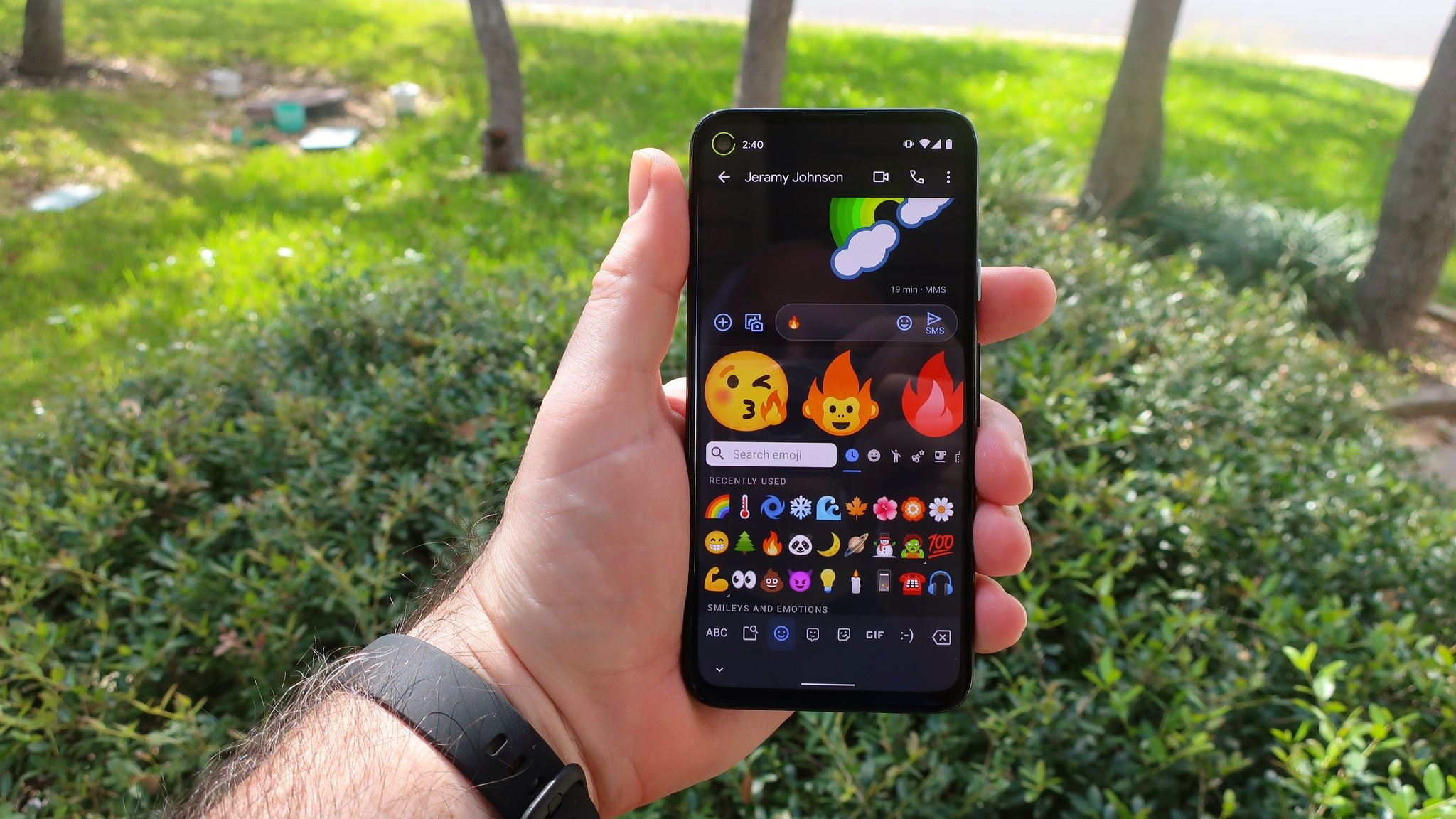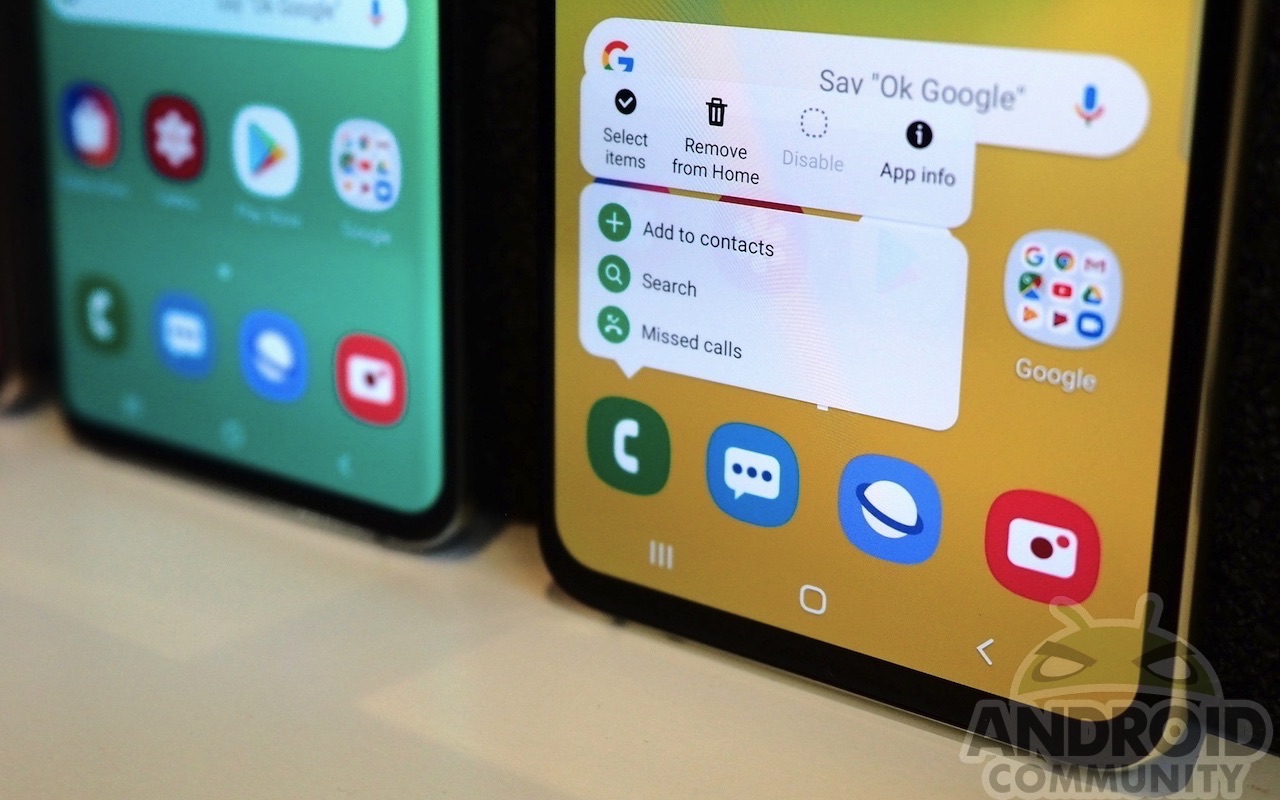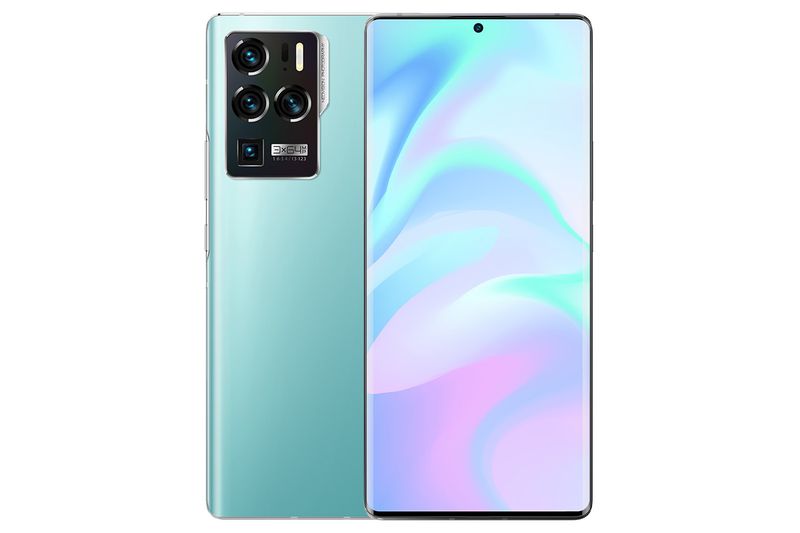Adobe study finds that users want more diverse, customizable emojis - Android

Emojis are more important than you may think.
What you need to know
- Adobe releases the findings from its Global Emoji Diversity & Inclusion Report.
- The report highlights the progress made and the progress that remains for more diverse emojis.
- The report also notes that users want more customizable emojis to reflect their identities better.
Emojis have become an integral part of our conversations and a fun way to express ourselves. Thanks to updates to the Unicode block over the years, emojis have become more diverse and inclusive, giving users the ability to change skin color and including more LGBT+ options. Yet despite the work that has been done to grow the library of emojis, there's still plenty of room for improvement, as highlighted by Adobe's Global Emoji Diversity & Inclusion Report.
The report results from a global survey of 7,000 people who use emojis, focusing on their impact on representation or lack thereof. The biggest takeaway is that there's still not enough diversity amongst the selection of emojis. For instance, only half of the users feel like they are represented within the current selection of emojis, while less than half of those with disabilities feel represented.

Most users seem to agree that emojis should continue to become more diverse and inclusive and that they can "help spark positive conversations about important cultural and societal issues." Emojis can achieve this by adding more customization options like hair, body type, and eye color. Adobe typeface designer Paul Hunt notes that this is one of the challenges that emojis face, being that they're so small and can only be so detailed. Google's Emoji Kitchen, on the other hand, is available on all best Android phones and lets you create the best emoji mashups with Gboard, highlighting the various ways that emojis can be customized on the spot.
Adobe states that while changes to the emoji library are up to the Unicode Consortium, partnering with organizations like Emojination can help make the case to push for better representation:
Adobe's support has been critical to Emojination's five-year push for more inclusive and representative emoji, as it allows us to provide support to the passionate individuals who are pushing to see themselves and their cultures represented, which has resulted in emoji for sari, hijab, boomerang, piñata, matryoshka doll, long drum, arepa and bubble tea.
It shows that something small like an emoji can have a big impact on representation and how we communicate. Hopefully, as the library continues to grow and company's like Adobe continue to bring attention to the matter, emojis can add more inclusive options so anyone can feel seen, regardless of race, sexuality, gender, age, ability, and more.
15/04/2021 09:11 PM
Huawei New Campaign Offers Additional Warranty And Free Cloud Storage
15/04/2021 05:52 PM
Xfinity Mobile Offers Unlimited 5G At $30 Per Month, With Some Caveats
15/04/2021 04:51 PM
Motorola unfolds a very late update for a phone you probably forgot existed
15/04/2021 04:02 PM
Galaxy Note 10 April Update On Verizon Brings Galaxy S21 Camera Features
15/04/2021 12:39 PM
Verizon Samsung Galaxy Note 10 software update now available
15/04/2021 08:30 AM
ZTE Axon 30 Ultra shoots for the moon with three 64MP camera sensors
15/04/2021 11:00 AM
T-Mobile Galaxy Note 20 Ultra Now Supports eSIM, Thanks To New Update
15/04/2021 11:33 AM
Pick Up The Ring Spotlight Cam Wired For Only $159
15/04/2021 02:51 PM
- Comics
- HEALTH
- Libraries & Demo
- Sports Games
- Racing
- Cards & Casino
- Media & Video
- Photography
- Transportation
- Arcade & Action
- Brain & Puzzle
- Social
- Communication
- Casual
- Personalization
- Tools
- Medical
- Weather
- Shopping
- Health & Fitness
- Productivity
- Books & Reference
- Finance
- Entertainment
- Business
- Sports
- Music & Audio
- News & Magazines
- Education
- Lifestyle
- Travel & Local







